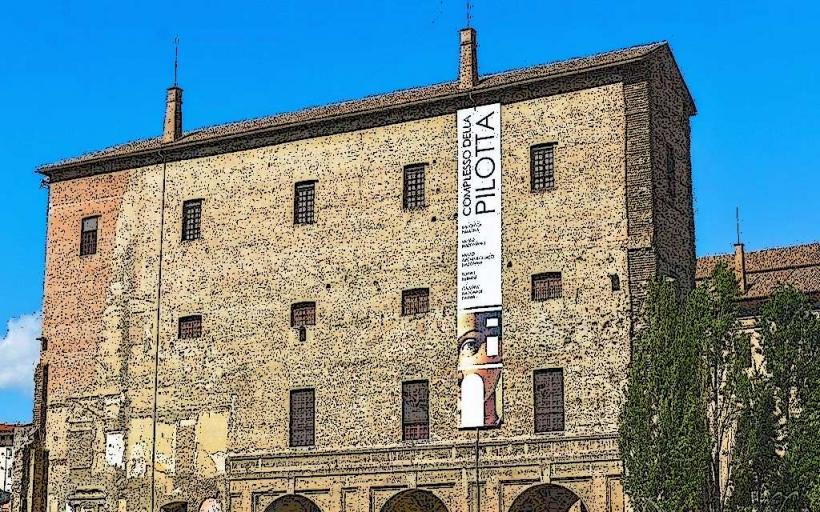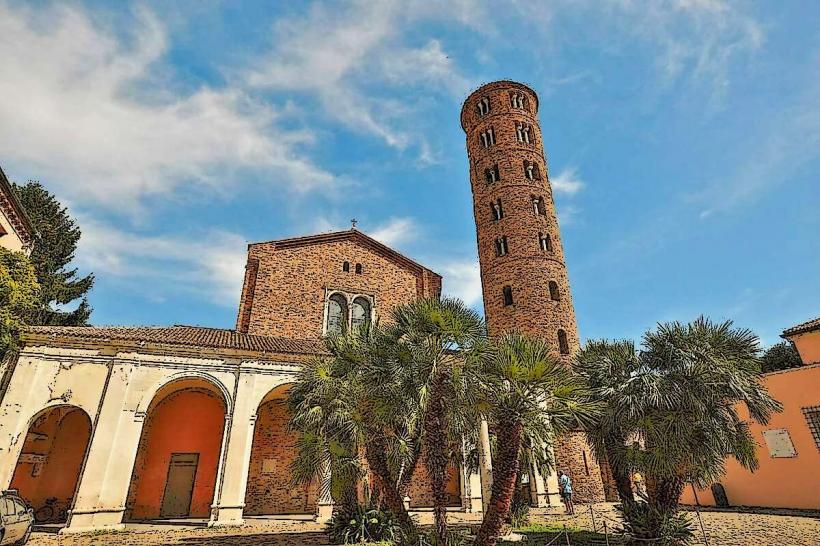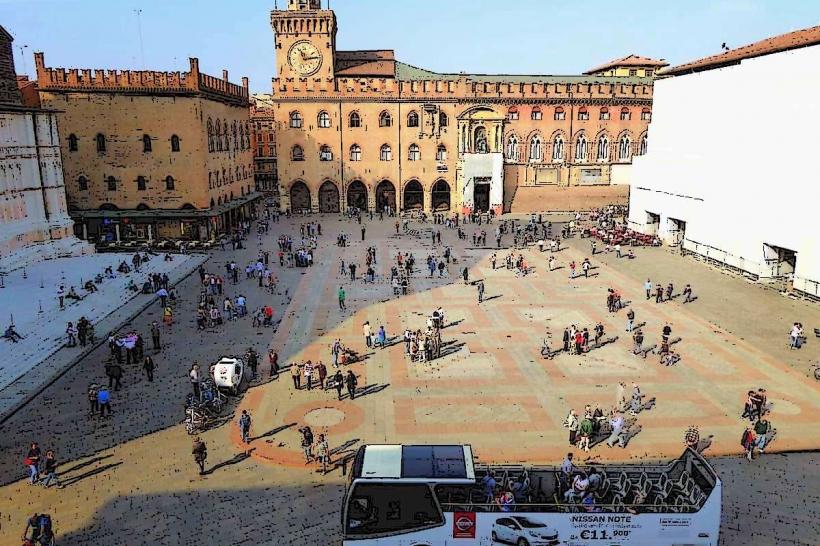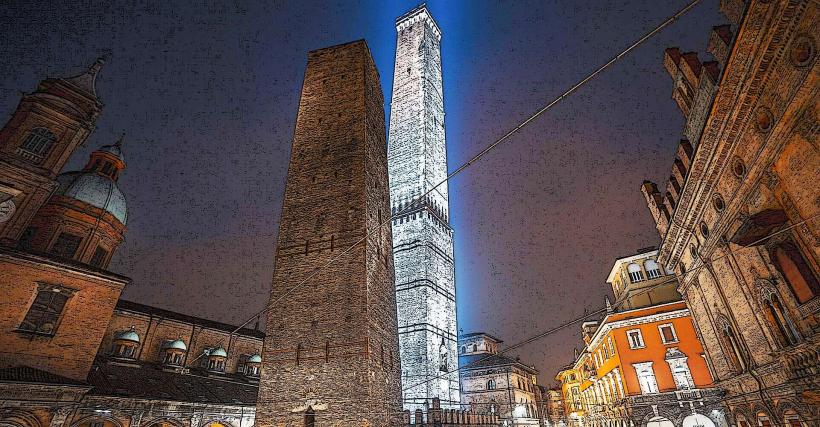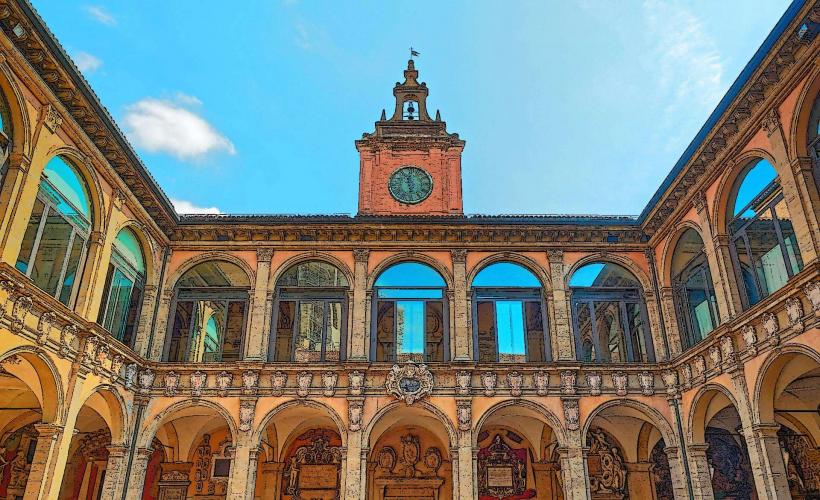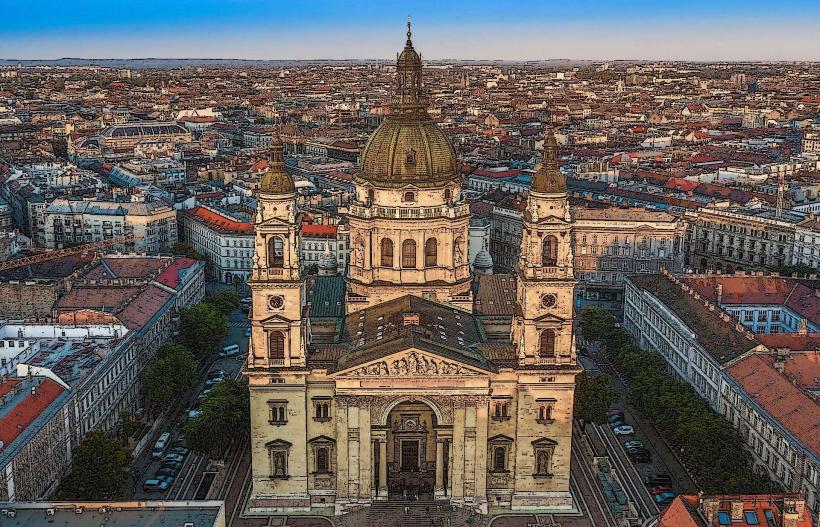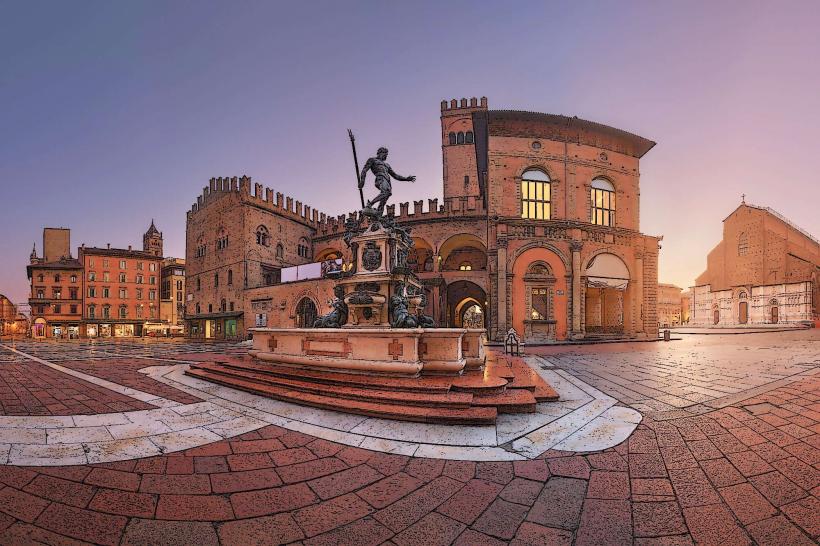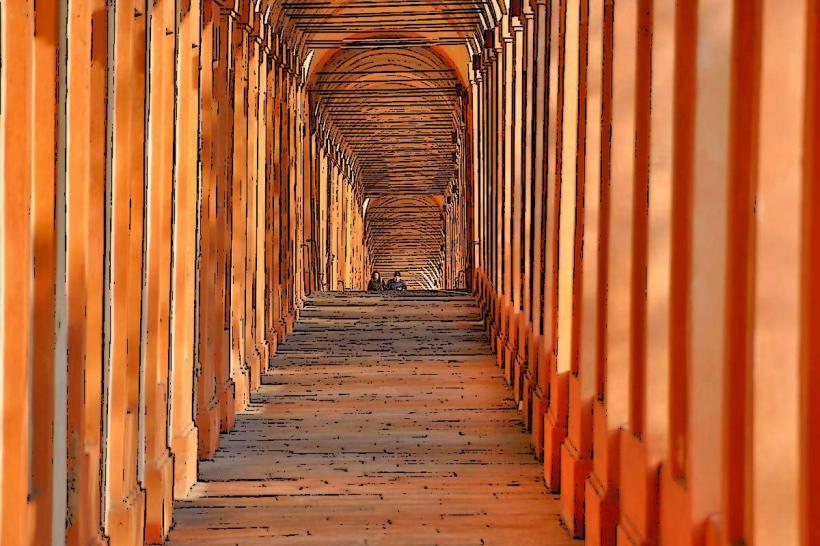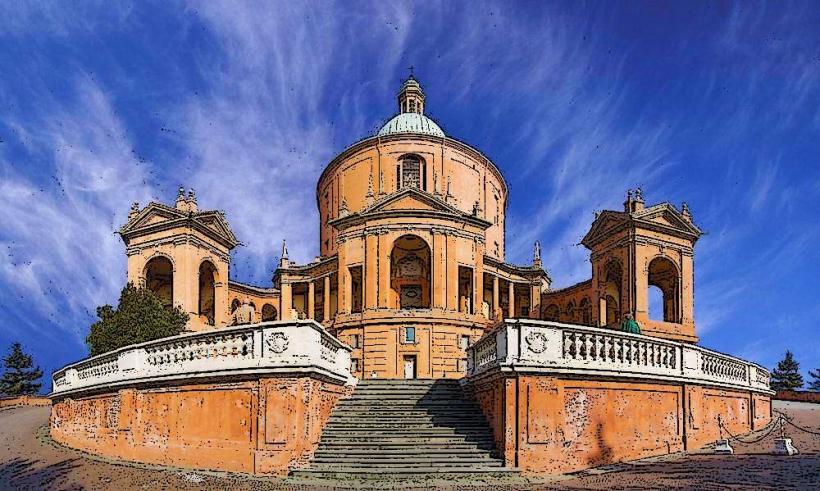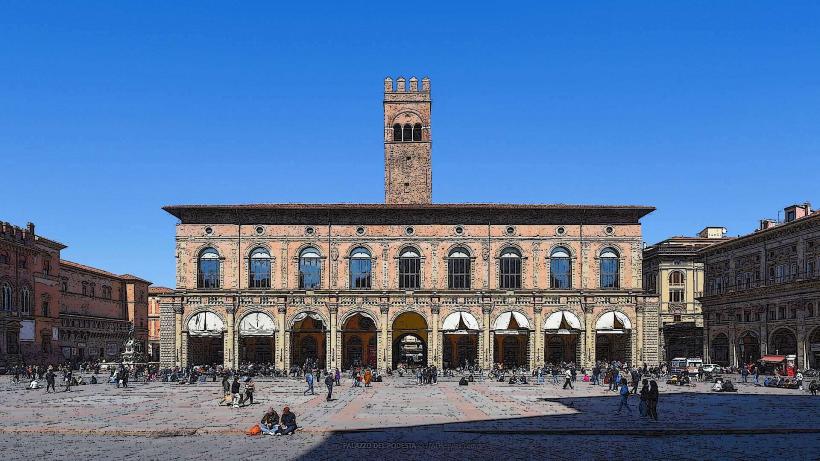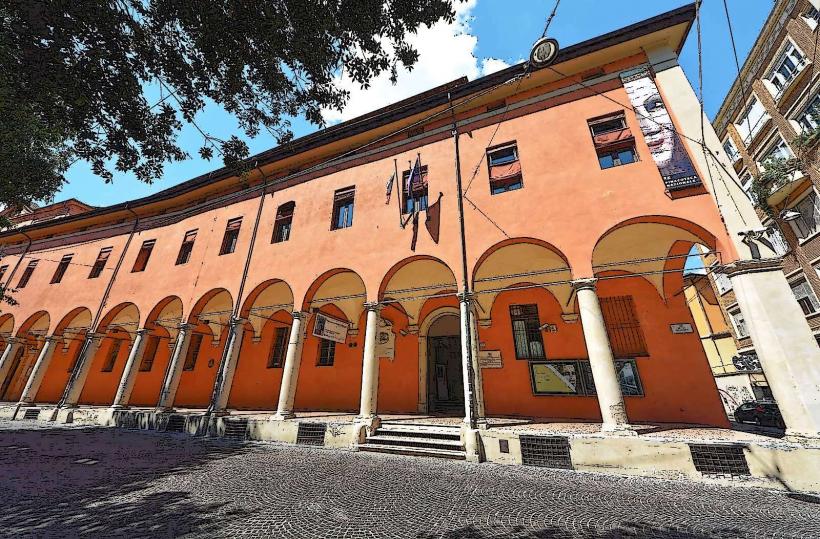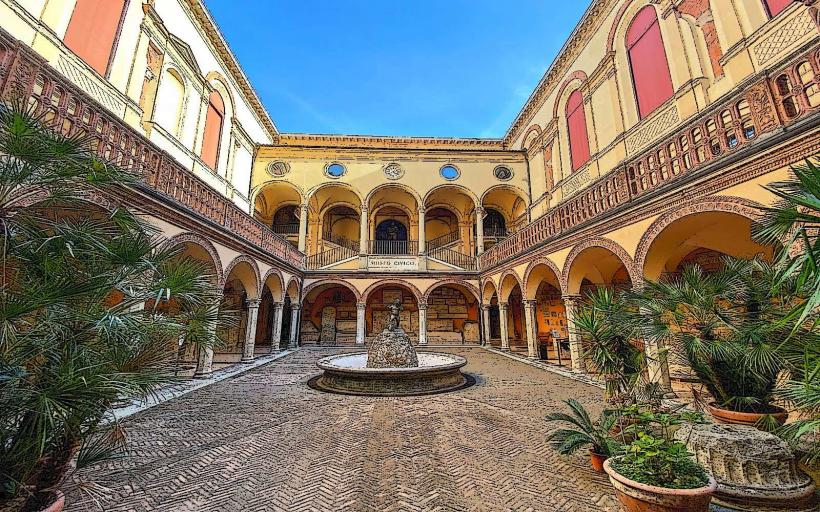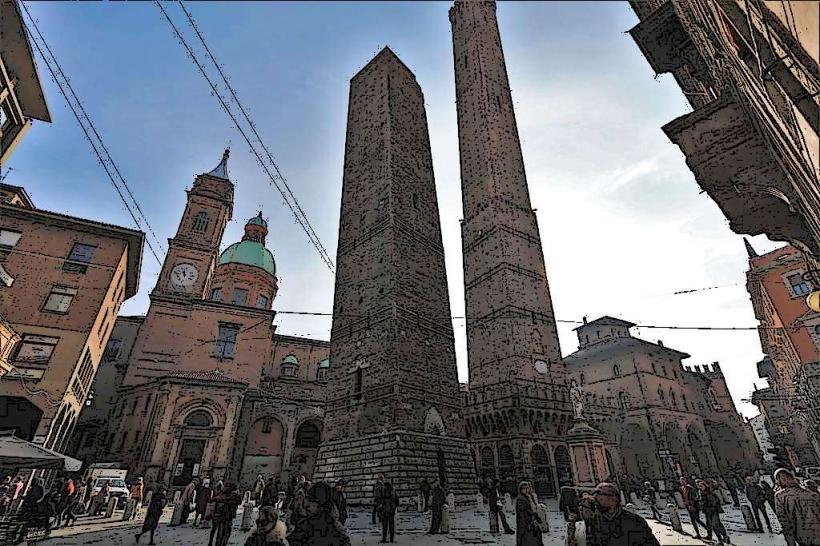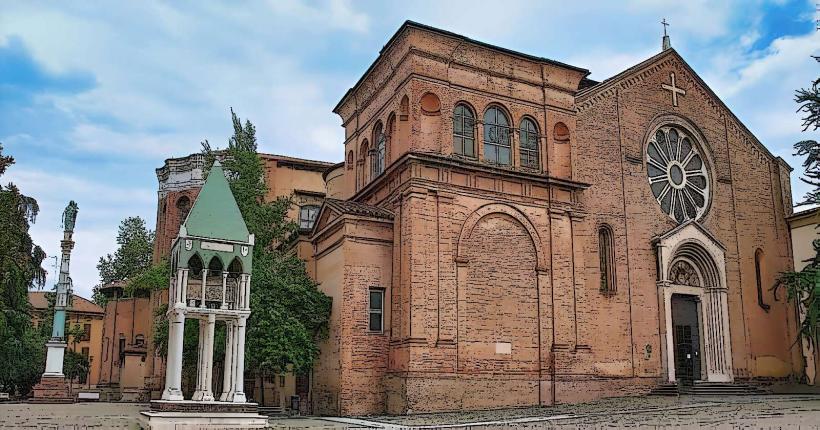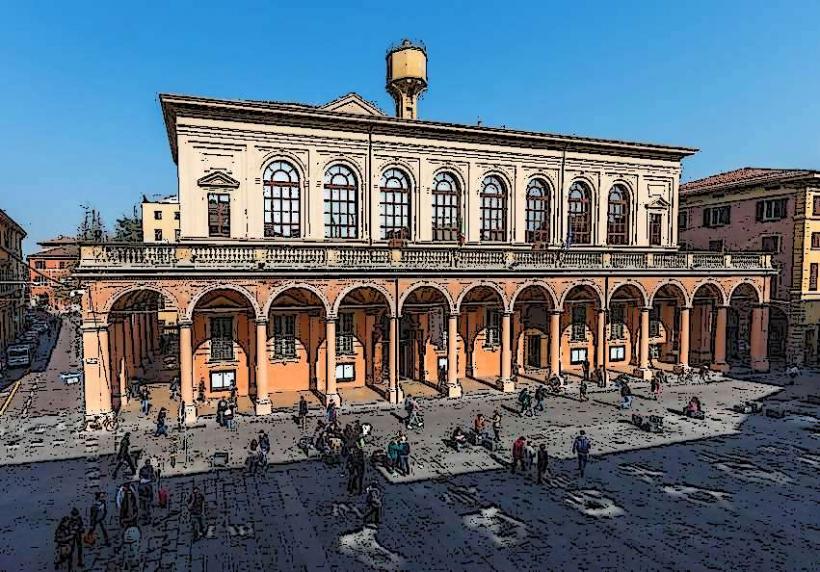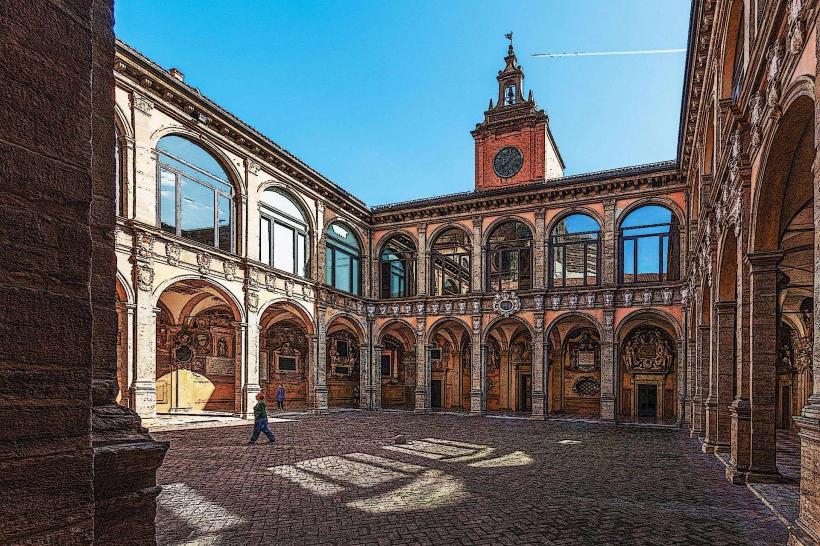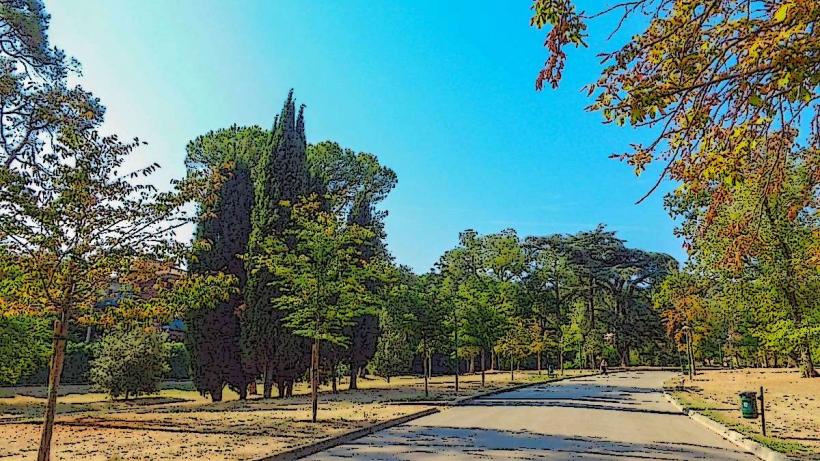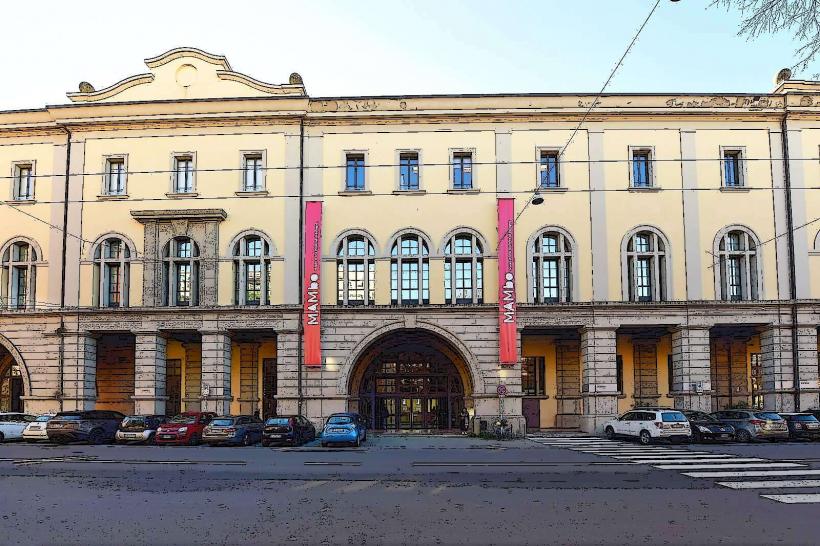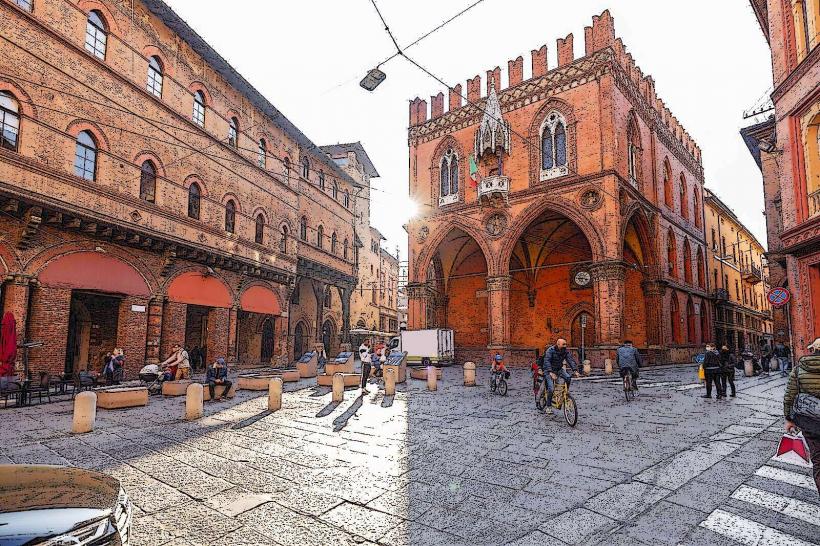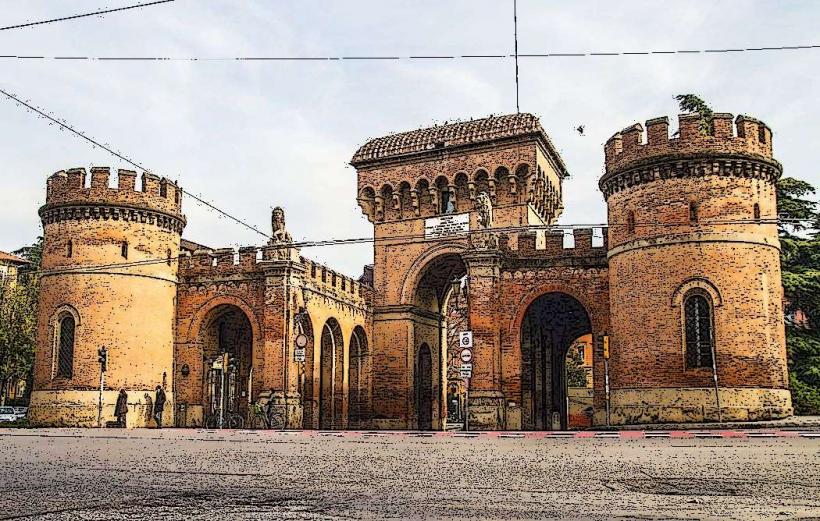Information
Landmark: Fontana del NettunoCity: Bologna
Country: Italy
Continent: Europe
Fontana del Nettuno (Fountain of Neptune) is one of the most iconic landmarks in Bologna, Italy. Situated in Piazza Maggiore, the city's main square, this impressive fountain is a symbol of Bologna's historical and artistic heritage. Here's a detailed look at this remarkable piece of public art:
1. Historical Background
- Commissioned by the City of Bologna: The fountain was commissioned by the Papal Legate in the late 16th century. The purpose was to provide the people of Bologna with a monumental fountain in the heart of the city, as well as to celebrate the city’s growing prominence.
- Designed by Tommaso Laureti: The fountain was designed by the architect Tommaso Laureti, with Giambologna, one of the most prominent artists of the time, contributing to the design of the statue of Neptune himself. The fountain was completed in 1566, and over the centuries, it has been renovated and restored several times.
2. The Statue of Neptune
- Neptune: At the center of the fountain stands a monumental bronze statue of Neptune, the Roman god of the sea. The figure is portrayed standing triumphantly, holding a trident in his right hand, which symbolizes his dominion over the seas. His pose is confident and powerful, representing the strength and authority of the city.
- Symbolism of Neptune: The choice of Neptune as the central figure was symbolic of Bologna’s control over water sources, especially as the city was once known for its extensive system of canals. The statue also represents the city’s independence and pride during a time of shifting power dynamics in Italy.
3. Fountain Design and Architecture
- Base and Structure: The base of the fountain consists of an octagonal basin that is surrounded by decorative reliefs of dolphins, tritons, and other marine creatures, which further emphasize Neptune’s association with the sea. The entire structure is made of marble and stone, and the fountain features intricate details and artistic embellishments that reflect the artistic richness of the period.
- Water Flow: The fountain has several water jets that cascade down into the large basin. The water flows from various points around the statue, adding to the drama and grandeur of the scene. The sound of the flowing water contributes to the atmosphere of the piazza, making the fountain a popular spot for both tourists and locals alike.
- Tritons and Dolphins: Surrounding the statue of Neptune are figures of tritons (half-man, half-fish creatures) and dolphins, which further enhance the maritime theme. The design of these figures draws on classical mythology, combining symbolism with aesthetic beauty.
4. Artistic Influence
- Giambologna's Contribution: The figure of Neptune was created by Giambologna, a famous Flemish sculptor who was active in Italy. Known for his mastery of mannerism, Giambologna’s depiction of Neptune is full of elegance, with fluid lines and a sense of movement. The graceful curves and proportions of the god stand in contrast to the more robust, solid form of the basin below.
- Renaissance Influence: The design of the fountain reflects the Renaissance ideals of harmony, proportion, and balance. It draws on classical themes while incorporating Renaissance techniques in the rendering of the human body and the use of space.
5. Symbolism and Meaning
- Water as Power: The fountain’s design emphasizes the role of water in the life of the city. During the Renaissance, the control of water, whether for irrigation or as a source of beauty and leisure, was an important symbol of civic pride and power.
- Pride of Bologna: The fountain was conceived not only as a functional water source but also as a symbol of the city’s strength and prosperity. The figure of Neptune, god of the seas, was a fitting representation of Bologna’s independence and ambition.
- The Trident: Neptune’s trident is often seen as a symbol of power and rule, referencing his command over the sea and its creatures. This powerful symbol is central to the iconography of the fountain.
6. Notable Features
- Inscription on the Base: The base of the fountain is inscribed with the words: "In honor of Neptune, as a symbol of the grandeur of the city of Bologna." This inscription reinforces the fountain’s civic and artistic significance.
- Sculptural Details: Along with the statues of Neptune, the fountain also features intricate sculptural details on its basin, which include sea monsters, dolphins, and putti (cherubic figures), all symbolizing the sea and the city’s relationship with water.
- Restorations: Over the years, the fountain has undergone several restorations, including the addition of bronze elements and repairs to the marble structure. Despite the changes, the fountain has remained an iconic symbol of Bologna.
7. Cultural Impact
- Bologna’s Symbol: The Fontana del Nettuno has become one of the most recognizable landmarks of Bologna. It stands as a symbol of the city’s history, pride, and artistic achievements. Locals often refer to it simply as “Nettuno,” and it serves as a focal point for public gatherings, festivals, and other events in Piazza Maggiore.
- Tourist Attraction: The fountain is a major tourist attraction, drawing visitors from around the world who come to admire its grandeur and beauty. It is an essential part of any visit to Piazza Maggiore, offering a historical context to the surrounding buildings and the square itself.
- Film and Art: The fountain has been featured in various forms of art, including films, paintings, and photography, further cementing its status as a symbol of Bologna.
8. Visiting Fontana del Nettuno
- Location: The Fontana del Nettuno is located in Piazza Maggiore, the central square of Bologna, right in front of the Palazzo d'Accursio and near the Basilica di San Petronio.
- Accessibility: The fountain is easily accessible and free to visit. It is a popular stop for tourists, photographers, and anyone looking to soak in the vibrant atmosphere of Bologna’s historic center.
- Best Time to Visit: The fountain is a stunning sight both day and night. During the evening, the square is lit up, and the fountain’s waters sparkle under the lights, offering a different perspective of the monument.
9. Fun Fact
- Neptune’s Pose: Some believe that Neptune’s gesture in the fountain, with his right hand raised holding the trident, may have been inspired by the classical Hercules, who was often depicted in a similar manner to symbolize power and dominance over nature.
Conclusion
The Fontana del Nettuno is not only a stunning work of art but also a symbol of Bologna’s cultural and historical significance. Its beautiful design, combined with its rich symbolism, makes it an essential part of any visit to the city. As one of the most important landmarks in Piazza Maggiore, it remains a testament to the Renaissance city’s ambition, independence, and mastery of artistic craftsmanship.

